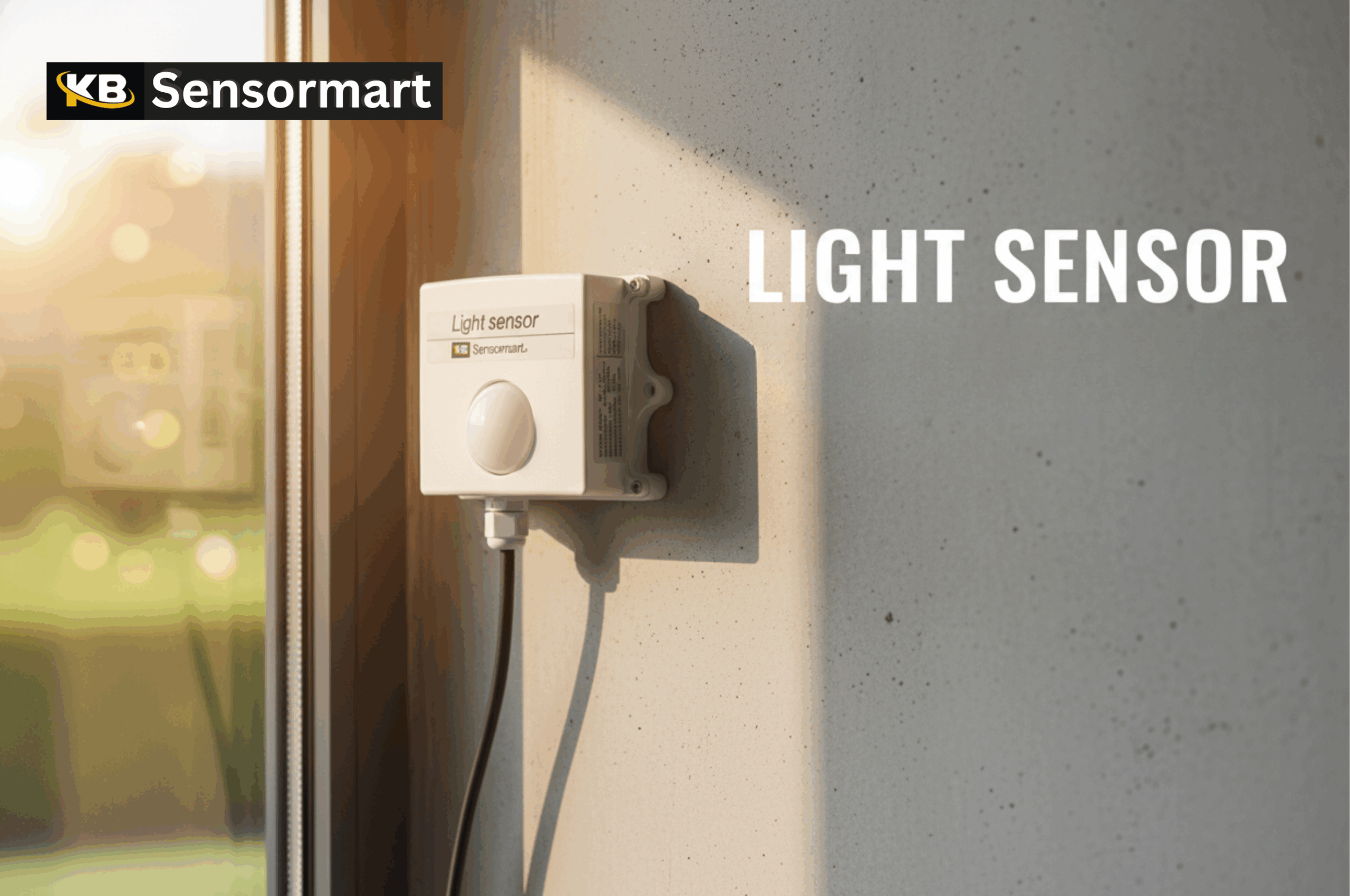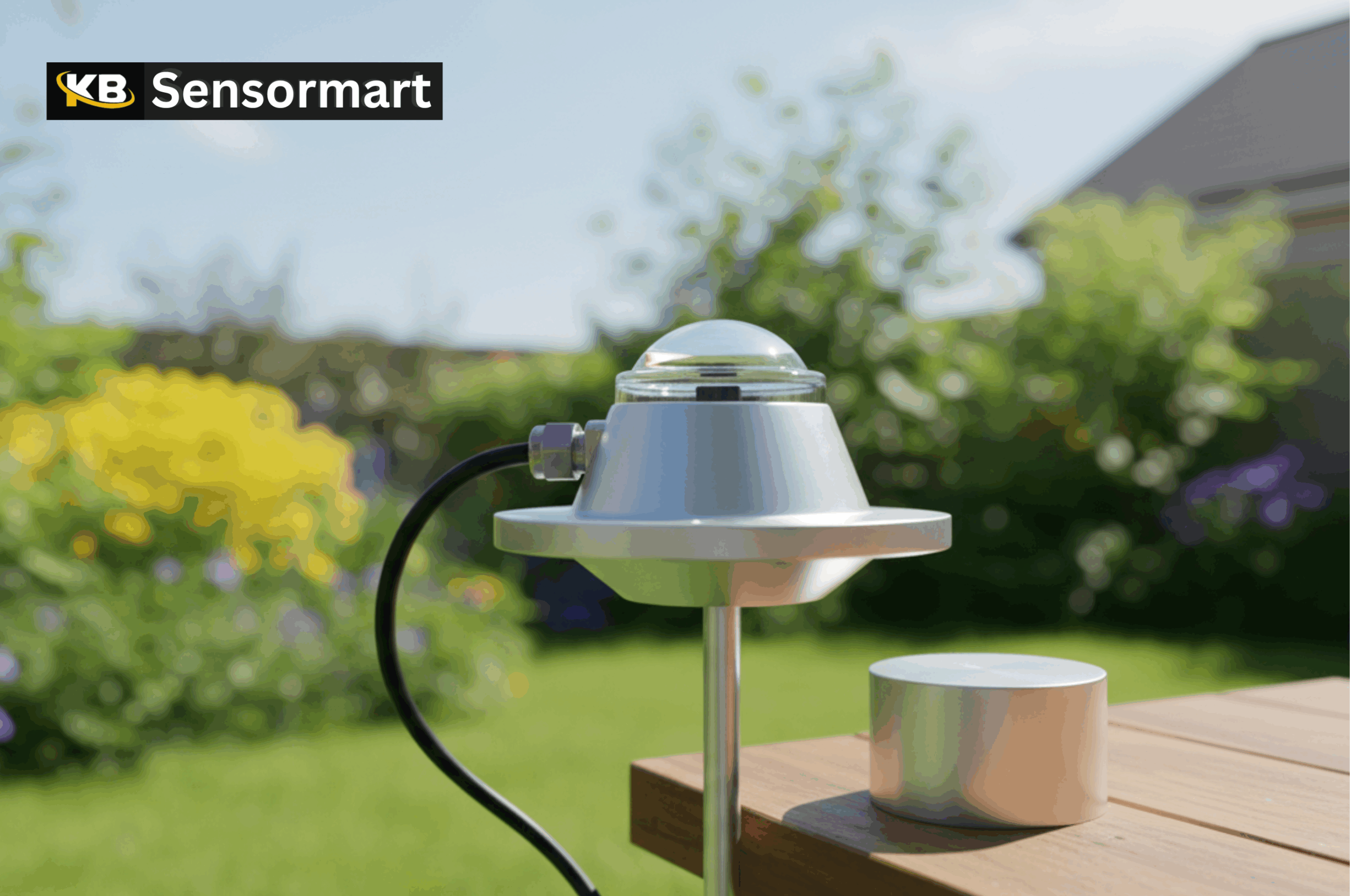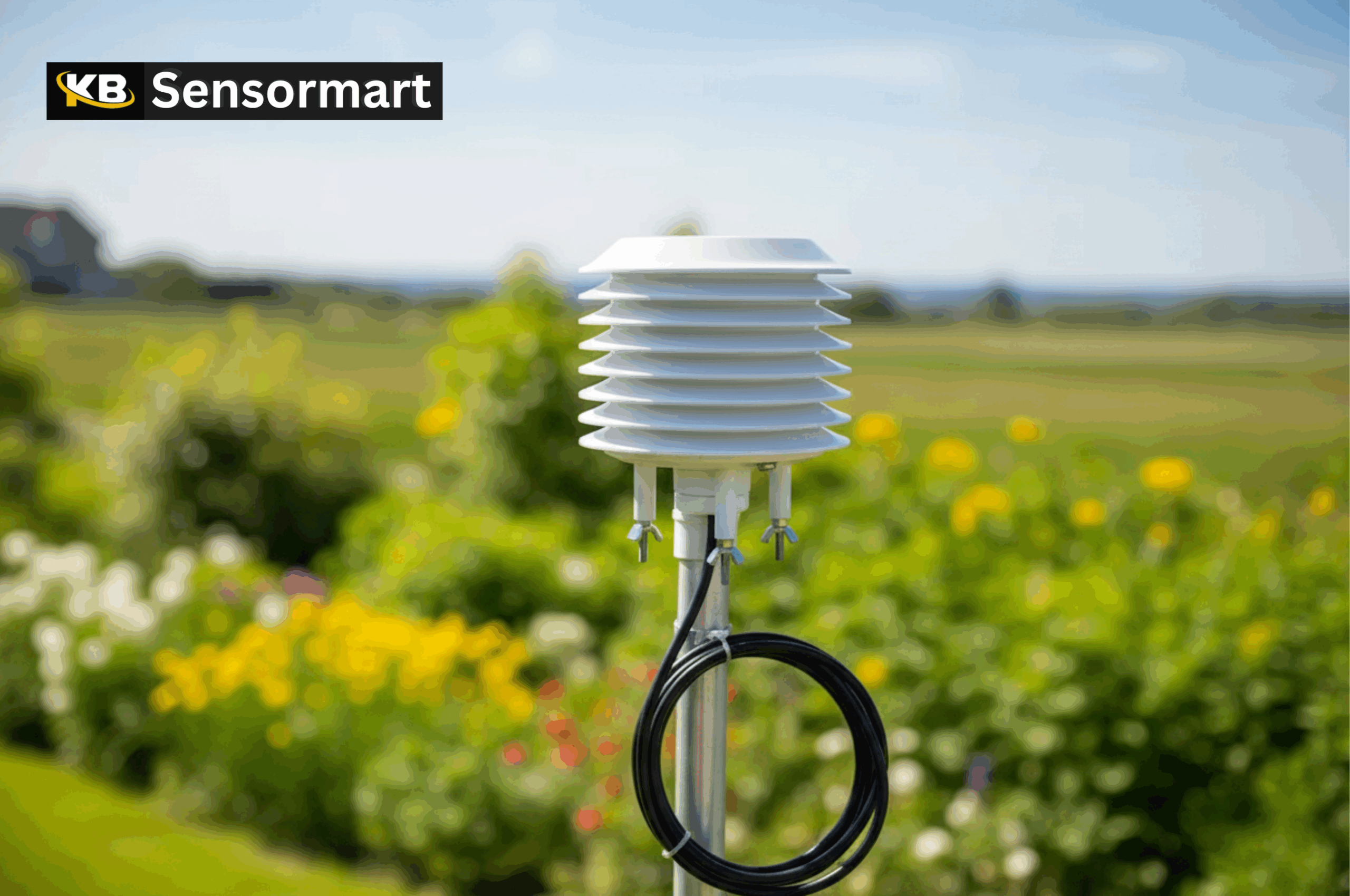A light sensor is a small device that helps us understand how much light is around us at a given moment. It is used in many machines that we use every day without noticing it at all. From street lights to mobile phones, this tiny tool helps things work automatically. In this blog, we will learn how it works in simple words and why Sensormart provides some of the best options today.
How a Light Sensor Works in Simple Words
A light sensor works by checking how bright or dark a place is and then sending this information to another device. This helps machines react based on the amount of light they detect in their surroundings. When the light becomes too bright or too dim, the sensor shares this change so other parts of the device can take action.
Many sensors use special materials that respond to light by changing their electrical signals. These signals are then converted into readable data for machines to understand. This makes the sensor useful for both big industries and small gadgets used in homes. Sensormart offers different types that follow the same basic working method.
Common Uses of Light Sensors in Daily Life
You may not notice them, but light sensors are everywhere around you helping devices work automatically. They help street lights turn on when the sun goes down without anyone touching them. Many phones use them to adjust brightness so your screen does not hurt your eyes in dark places. Cars also use these sensors to turn on headlights and make driving safer at night.
Shops and offices depend on them to save electricity by controlling indoor lighting. Even farms use them to measure sunlight for plant growth. These sensors make devices smart and simple to use for everyone. Sensormart supplies models that support all these uses smoothly.
Types of Light Sensors You Should Know
Main Types Explained in Simple Bullet Points
Below are the main types of sensors explained in easy points so you can understand how each one helps different devices work.
- Photoresistor sensors change their resistance when light falls on them, making them useful in street lights and home gadgets.
- Photodiode sensors respond very fast to light changes, making them perfect for cameras and safety equipment.
- Phototransistor sensors give stronger signals, helping devices that need higher accuracy in both indoor and outdoor environments.
- Ambient light sensors control screen brightness automatically in phones, laptops, and modern electronic devices.
- Infrared light sensors detect invisible light, making them helpful in remotes and security monitoring systems everywhere.
Comparison of Popular Light Sensors
Below is a short table that compares different sensors so you can choose easily based on your needs today.
| Sensor Type | Speed | Accuracy | Common Use | Cost Level |
|---|---|---|---|---|
| Photoresistor | Slow | Medium | Street lights, toys | Low |
| Photodiode | Fast | High | Cameras, sensors | Medium |
| Phototransistor | Medium | High | Security tools | Medium |
| Ambient Light Sensor | Fast | Very High | Mobile screens | Medium |
| Infrared Sensor | Fast | Medium | Remotes, doors | Low |
Why Businesses Prefer Light Sensors Today
Many industries trust light sensors because they help machines work automatically and save a lot of power. These sensors help avoid manual work because they measure brightness on their own. This reduces energy wastage and makes operations smoother for both small and large businesses. Devices that include these sensors stay reliable because the sensor reacts quickly to environmental changes.
Using these sensors also helps companies improve safety by ensuring lights turn on at the right time. Automation becomes easier when machines can sense changes without a human checking them. This makes the sensors an important part of smart technology used around the world. Brands like Sensormart offer models that support long-term use in all kinds of work.
FAQs
1. What does a light sensor actually do in a device and how does it help machines work automatically every day?
A light sensor checks the brightness around it and sends signals to devices so they can adjust their working based on lighting.
2. Why do mobile phones use a light sensor to control screen brightness automatically without the user making any changes manually?
Phones use these sensors to detect lighting so the screen becomes brighter or dimmer, helping your eyes stay comfortable anytime.
3. Can a light sensor help save electricity in homes and offices by turning lights on or off at the correct time every single day?
Yes, the sensor helps reduce wasted power by switching lights automatically, allowing better control in different lighting conditions.
4. Are light sensors safe for long-term use in electronics like laptops, cars, and security devices used regularly by many people?
Yes, they are completely safe because they only measure light and send signals, without causing any harm during normal usage.
5. Why do companies prefer buying quality sensors from trusted brands like Sensormart for important machines and industrial applications?
Companies choose trusted brands to ensure long life, better accuracy, and stable performance, helping their machines stay reliable daily.
Conclusion
A light sensor may look very small, but it plays a big role in our daily life by making machines smarter and more helpful. From simple gadgets at home to large tools in industries, this tiny device improves performance everywhere. It helps save energy, increases safety, and adds comfort to everyday tasks without needing manual control.
As technology grows, these sensors will become even more important in creating smart and automated environments for everyone. If you are planning to buy high-quality sensors for any project or business use, Sensormart offers reliable options that fit many needs.







Leave a Reply